Christian Symbolism in Tarot Cards: The Four Suits
Attempting to reconcile the suits of the Tarot with symbols from the Scriptures
I will start off by clarifying that I do NOT actively practice Tarot card reading as a form of divination, but I DO find the symbolism within Tarot cards extremely fascinating. I think they contain very potent archetypes that allow for the exploration of the symbolic nature of reality. Plus, I’ve always thought the artwork was cool; kind of a guilty pleasure of mine.
This article is not going to be nearly as thought out and premeditated as my previous posts, but rather, a real-time surface level exploration of a few of these symbols.
The Suits of the Tarot Deck
Most people don’t know this, but Tarot cards were originally made for playing card games and were then later adopted for divinatory purposes. So the structure of the deck is extremely similar to a normal deck of cards you would use to play Blackjack.
There are four suits with 14 cards in each suit. Each suit has ten numbered cards and four ‘court’ cards: King, Queen, Knight, and Jack.
However, instead of the four suits being diamonds, spades, clubs and hearts, the four suits are swords, cups, coins (or pentacles) and wands (or rods/staves).
These four suits represent the four classical elements as well:
Swords = Air
Wands = Fire
Coins = Earth
Cups = Water
There are also 22 ‘Major Arcana’ cards in a Tarot deck that don’t have a suit, but we won’t be discussing those in this article. For now, let’s explore how the symbols of these four suits appear in the Bible.
Swords
Think not that I am come to send peace on earth: I came not to send peace, but a sword. For I am come to set a man at variance against his father, and the daughter against her mother, and the daughter in law against her mother in law. And a man's foes shall be they of his own household.
- Matthew 10:34-36

I am starting with the symbolism of the sword because it is what inspired the idea for this article; I was listening to a podcast episode with Chris Gabriel from Meme Intelligence Agency and he mentioned that the sword is the greatest spiritual weapon we have. This immediately made me think of the icon of Christ holding a sword. Then I thought about St. Paul: “Take ye up the spiritual sword which is the word of God” (Eph 6:17)
The sword is representative of the intellect and air. It cuts things into pieces, dividing one thing from another. This is exactly what we do when we articulate ideas using our words. Before an idea is spoken into existence, it exists in the mind as a nebulous cloud (which is why air represents the intellect). To articulate an idea is to cut up this formless cloud of thought into pieces so it can be received by the external world. Words are strange things that divide undifferentiated reality into orderly categories.
Let’s come up with a concrete example: Assume you are a caveman trying to organize a hunting expedition with your fellow tribesmen. How are you going to communicate what you are hunting for? “Animals”. Okay, we narrowed things down. We aren’t hunting for plants. “Mammals”. Okay, we aren’t looking for lizards. “Deer”. Okay, now we are getting very precise. “Bucks”. So now we have an exact target: A four-legged creature that weighs about 150-200lbs, dwells in the woods, and has antlers.
This may seem extremely remedial and obvious on the surface, but I think we take for granted how incredible the ability of speech really is. With the power of a single word, the cavemen is able to ‘cut’ out a tiny piece of reality (a buck) and exclude the rest of the universe. Then, by using this tiny segment of reality he has cut apart from the rest of creation, he is able to show other human beings what his mind is seeking after. No other animals possess this ability with such great power. It is one of the advantages we have of being made in the image of God.
If we look in the book of Revelation, we see Christ as being described as having a double-edged sword coming out of His mouth. He is the Word of God. He is the sword that separates true from false, good from evil. In the beginning when God created the heaven and the earth, God used the Word to SPEAK creation into existence. The earth was void and without form. It was an undifferentiated nebulous cloud without any definitions to separate things from one another. With the sword of the Word, God divided light from darkness, night from day, earth from sea.
This is why the Sword of Truth is the most valuable spiritual weapon we have, it allows us cut through falsehoods, deceptions and delusions.
Cups
“[…] Thou hast anointed my head with oil, and Thy cup which filleth me, how excellent it is! And Thy mercy shall pursue me all the days of my life, and I will dwell in the house of the Lord unto the length of days.”
- Psalm 23
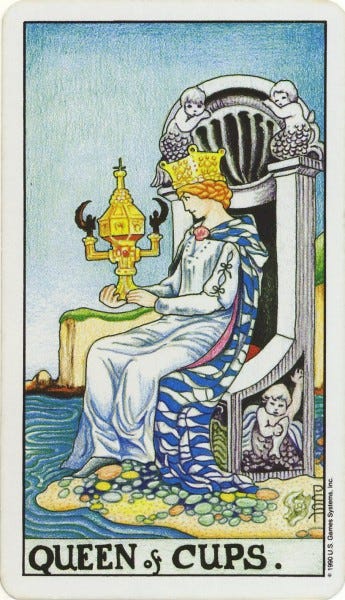
A cup is a container. A cup receives. A cup retains. A cup holds something within itself and pours it out. A cup represents the feminine force of fluidity. A cup holds water, water is associated with the emotions and the soul / psyche.
Before writing this article, I didn’t know what the Queen of Cups card looked like. Upon seeing her holding a cup that resembles the Ark of the Covenant, I was absolutely shocked. The symbolism is so perfect: the Ark of the Covenant is cup that held God. Fittingly enough, the Queen of Cups is the ONLY Cup card to have the Ark as her cup. This symbol is so powerful because the Virgin Mary, who the Queen of Heaven, is the incarnation of the Ark of the Covenant. She is Noah’s Ark as well. The Queen of Cups, which is to say “the mother of all cups”, is the cup that can contain God in His fullness.
What’s even crazier is that the Ark of the Covenant held the tablets of Moses (words of God = sword), the rod (wand) of Aaron, and the manna (food = earth = pentacles) that Israelites ate in the desert. The Queen of Cups is the ultimate container because it contains all of the other suits within it.
It is also no coincidence that the Ace of Cups is a copy of Christian imagery. It is literally a communion chalice and the Holy Spirit is flying down into it with the Eucharist in His mouth. We refer to the Body and Blood of Christ as the “fountain of immortality”, hence the rivers of living water flowing out of the Ace of Cups. In fact, the entirety of the Trinity can be found within the Ace of Cups: the hand holding the cup is the Father, the Eucharist (the Body of Christ) is the Son, and the dove is the Holy Spirit.
Wands

And Moses answered and said, “But, behold, they will not believe me, nor hearken unto my voice: for they will say, ‘The Lord hath not appeared unto thee.’”
And the Lord said unto him, “What is that in thine hand?” And he said, “A rod.”
And he said, “Cast it on the ground.” And he cast it on the ground, and it became a serpent; and Moses fled from before it.
And the Lord said unto Moses, “Put forth thine hand, and take it by the tail.” And he put forth his hand, and caught it, and it became a rod in his hand:
That they may believe that the Lord God of their fathers, the God of Abraham, the God of Isaac, and the God of Jacob, hath appeared unto thee.
- Exodus 4:1-5
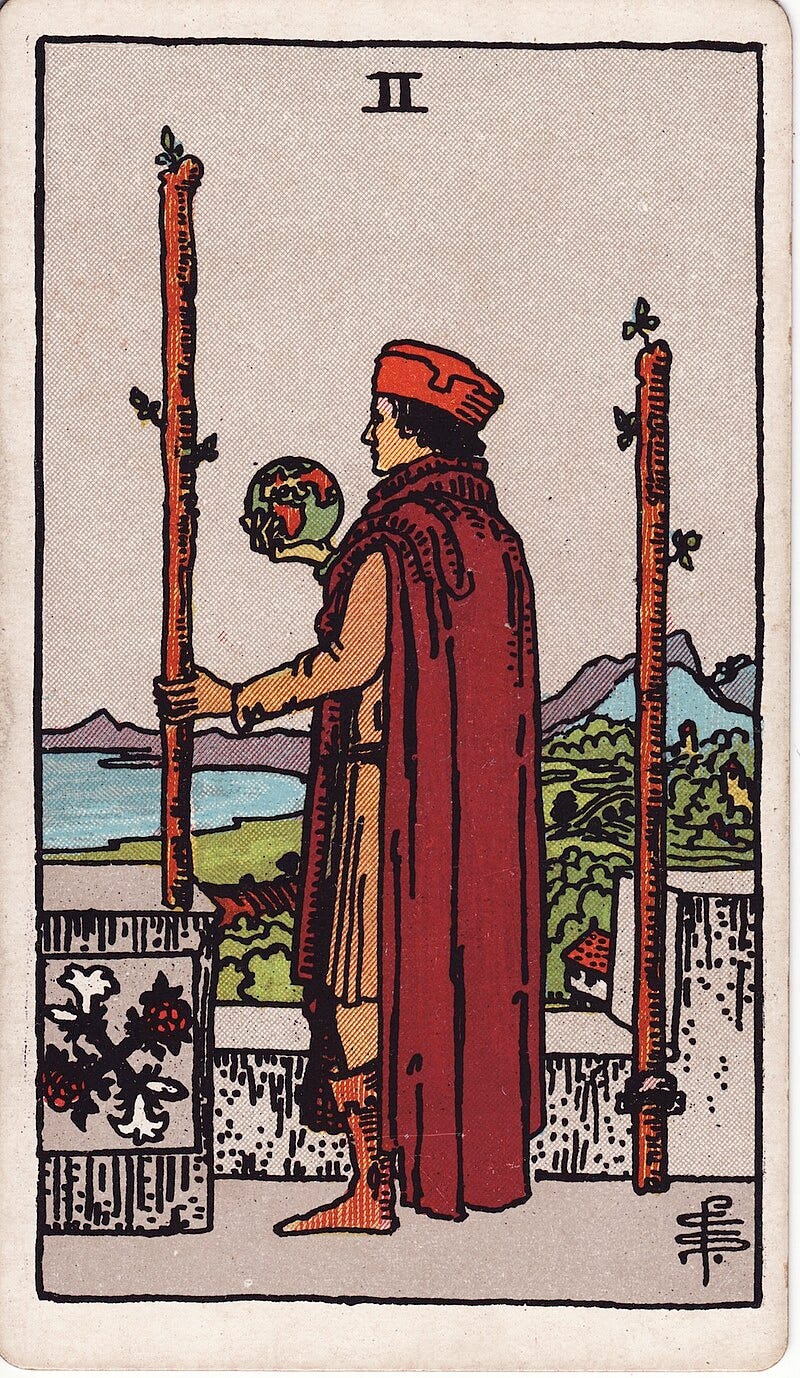
The rod or staff is a phallic symbol of power, much like the sword. But unlike the sword which cuts, the rod bludgeons. The rod beats, breaks, imposes. The staff is a symbol of authority and hierarchy. Whereas the sword represents the intellect and the element of air, the rod represents willpower and the element of fire. Whereas the sword represents the cutting power of words and thoughts, the wand represents the power of action. Fire burns through whatever is in its way, consuming all that it can to feed itself and perpetuate its heat . To put it bluntly (pun intended), the wand/rod/staff represents imposing one’s will on reality. This is opposite to the cup (water) which conforms to its container.
The rod is a very prominent symbol within the scriptures. In the Psalms, we can see the dualistic nature of the rod of the Lord; it can be used for either protection or admonition:
“Yea, though I walk through the valley of the shadow of death, I will fear no evil: for thou art with me; thy rod and thy staff they comfort me.”
- Psalm 22:4
“Thou shalt break them with a rod of iron; thou shalt dash them in pieces like a potter's vessel.”
- Psalm 2:9
These verses show emphasize the authority of the Lord. The rod and staff of the Lord is used to protect His sheep by simultaneously decimating the wolves.
The staves of Moses and Aaron also play a central role in the story of Exodus and biblical typology in general. As illustrated in the passage from Exodus I cited at the beginning of this sections, the rod Moses had in his hand when he encountered God in the burning bush became the vehicle for God’s power. This is not some secret riddle, the text quite literally refers to the staff as “the rod of God” in that same chapter. In keeping with the symbolism of “rod = action”, God instructs Moses to use the rod in order to perform miracles as proof for the unbelieving Israelites. This is after Moses tells God that no one will trust his word regarding this encounter with God. Moses himself says he is not a good speaker, meaning he does not possess the power of the sword (words). Therefore, God gives him the power of the rod, the power of action. The performing of miracles is so powerful that no words are required to convince someone. As the age-old proverb goes, “actions speak louder than words.”
Aaron, Moses’ brother and chief priest of the Israelites, also had a rod that was imbued with miraculous power. His rod was the one that turned into a serpent and swallowed the two serpents of the pharoah’s sorcerers. In Numbers 17, God commanded Moses to gather the rods of patriarchs from each of the 12 tribes of Israel. This was in response to an attempted uprising by 250 of the Israelites, claiming that they have equal authority as Moses and Aaron. Each rod was gathered from each tribe, including Aaron’s who represented the tribe of Levi, and they were all laid in the tent of testimony. Aaron’s rod miraculously budded and produced almonds, proving that he was chosen by God to be the chief leader of all the tribes. Just as we have established, the rod represents hierarchical authority and the imposition of one’s will, which is why God used this specific miracle to establish Aaron as the undisputable chief priest. Even to this day, Orthodox bishops carry a staff representing their patristic authority. Often this staff has two snakes emerging from the top like a caduceus.
Coins
“Is it lawful to give tribute to Caesar, or not? Shall we give, or shall we not give?”
But he, knowing their hypocrisy, said unto them, “Why tempt ye me? bring me a penny, that I may see it.” And they brought it. And he saith unto them, “Whose is this image and superscription?” And they said unto him, “Caesar's.” And Jesus answering said unto them, “Render to Caesar the things that are Caesar's, and to God the things that are God's.”
- Mark 12:14-17
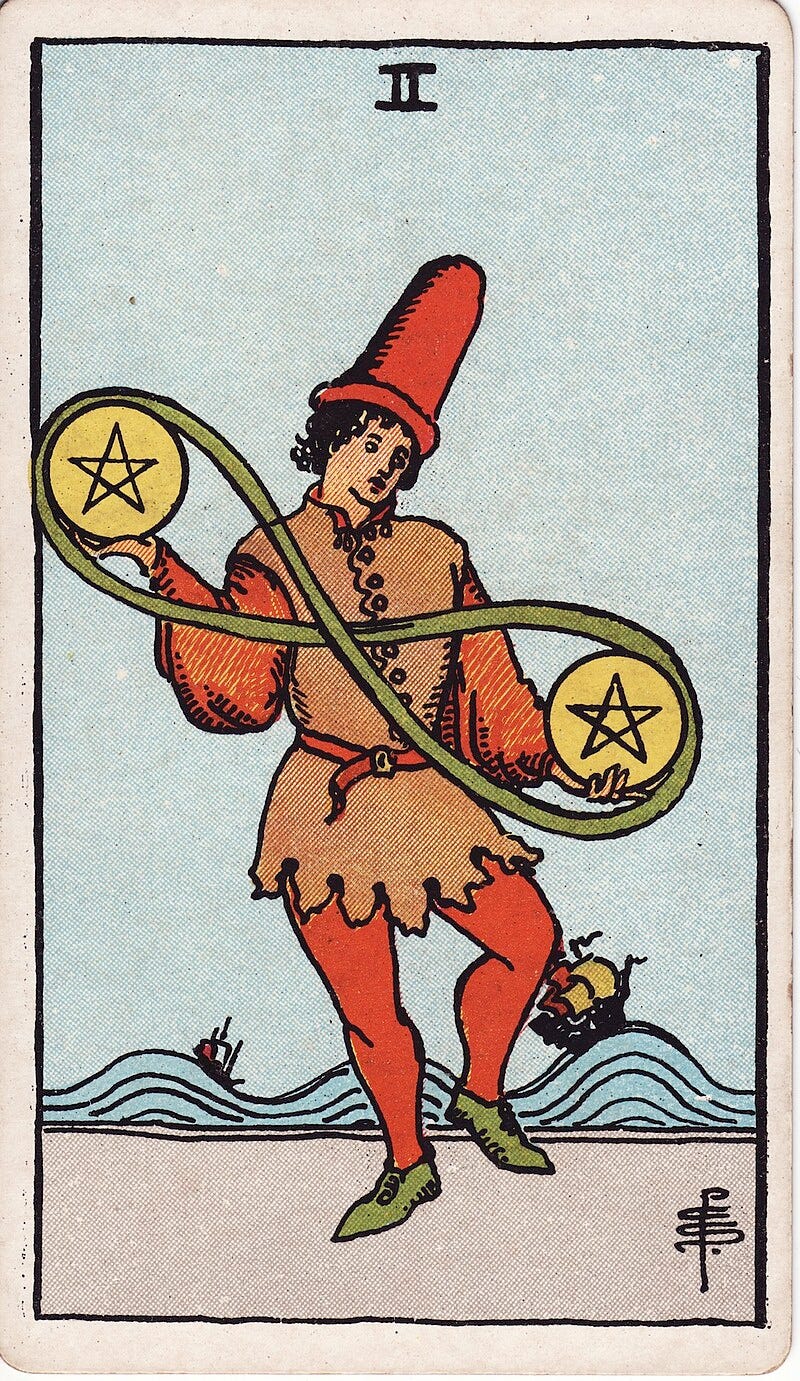
Coins (or Pentacles in tarot) represent the material world. Money is an abstraction we use as a society to measure the collective value of an object or service. Unless you are in desperate need of a specific kind of metal present in the coin, the coin itself is not inherently valuable. It is what the coin represents that is valuable. If one coin is worth ten eggs, by holding a single coin in your hand you are holding breakfast for your family. This is why the coin is associated with the element of earth, it represents physicality and embodiment. Wrapped within the symbolism of the coin is the entirety of society’s resources, “everything money can buy” so to speak.
However, we all know there are plenty of non-material things money can’t buy. As Christ expresses in the scripture quoted above, spiritual matters are of God and money that is officiated by the government is in its own earthly category. We have all heard the old adage “money can’t buy happiness.” We have even seen studies that have been released over the recent years that have been cited to justify this; once you achieve a certain amount of income per year, your happiness levels cease to correlate with continued increase of money. Yet, the inverse of these studies prove that there is a certain level of happiness you can buy.
Yes, the love of money is the root of all evil. Yes, Christ says that we can’t serve God AND money. But earning money to secure material necessities is a cold hard fact of life. Churches require people to tithe in order to keep the doors open. The key is not to serve money, but to make money serve you. As Christ says in His sermon on the mount, as long as we aim towards the Kingdom of God and its righteousness, God will ensure all of our material needs are met. There are many parables Christ speaks regarding the matter, one of the most powerful being the parable of the storehouses.
There is a particularly odd miracle that Christ performs regarding money which is often looked over. Let’s end this article with a quick dissection of it:
And when they were come to Capernaum, they that received tribute money came to Peter, and said, “Doth not your master pay tribute?”
He saith, “Yes.” And when he was come into the house, Jesus prevented him, saying, “What thinkest thou, Simon? of whom do the kings of the earth take custom or tribute? of their own children, or of strangers?”
Peter saith unto him, “Of strangers.” Jesus saith unto him, “Then are the children free.”
“Notwithstanding, lest we should offend them, go thou to the sea, and cast an hook, and take up the fish that first cometh up; and when thou hast opened his mouth, thou shalt find a piece of money: that take, and give unto them for me and thee.”
- Matthew 17:24-27
This is a bit of a cryptic passage, but I will attempt to provide my surface level takeaways:
Peter openly told the tribute collectors that Jesus DOES pay tribute to the temple. And also given Christ’s line “render to Caesar what is Caesar’s”, we can assume that God Himself paid His taxes while incarnate on earth. Kind of a funny thought. Really proves the infamous quote, “nothing is certain but death and taxes”.
The kings of the earth collect their taxes from strangers, not from their own children. Christ implies that His disciples are His children and should be let into the temple without needing to pay. This line insinuates that Christ is the King of kings and the temple belongs to Him.
There is a lot that could be drawn from the symbolism of the fish (I have been reading Aion by Carl Jung, where he goes in extreme depths explaining fish symbolism in Christianity and other mythologies). I will keep it simple here and say that this passage first and foremost highlights that God can pull gold out of the deep abyss. In Genesis, the void of nothingness before creation was described as a depthless ocean. Just how God created everything in the universe ex nihilo, out of nothingness, Christ was able to pull gold out of a fish from the bottom of the waters. It teaches us that we should never stress to much about acquiring money if we are truly dedicating our lives to God, because He can pull gold out of nothingness. The fish spitting out gold also reminds me of the story of Jonah and how it prefigures Christ’s resurrection. The gold being spit out of the mouth of the fish is like Jonah being spit out from the whale and Christ being spit out from the mouth of Hades.





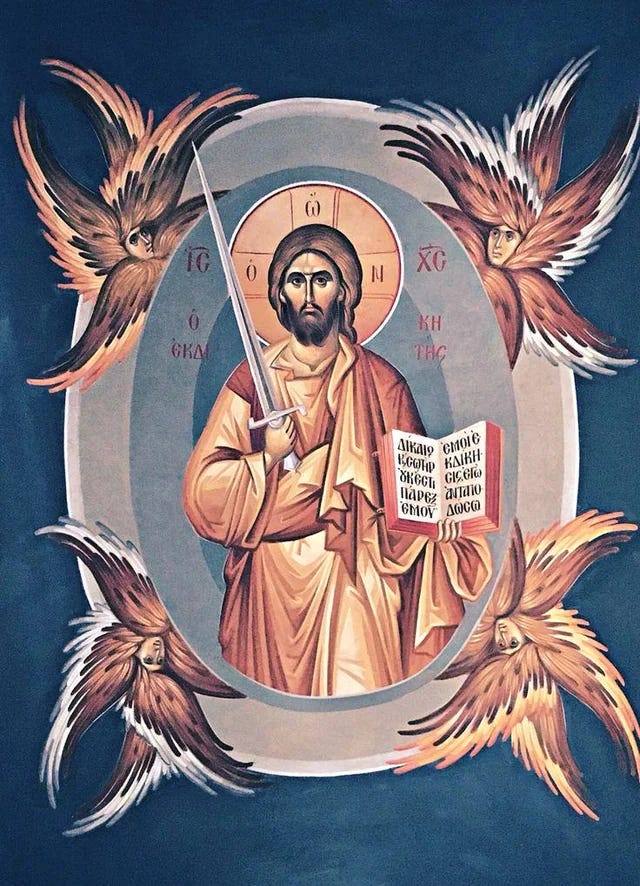
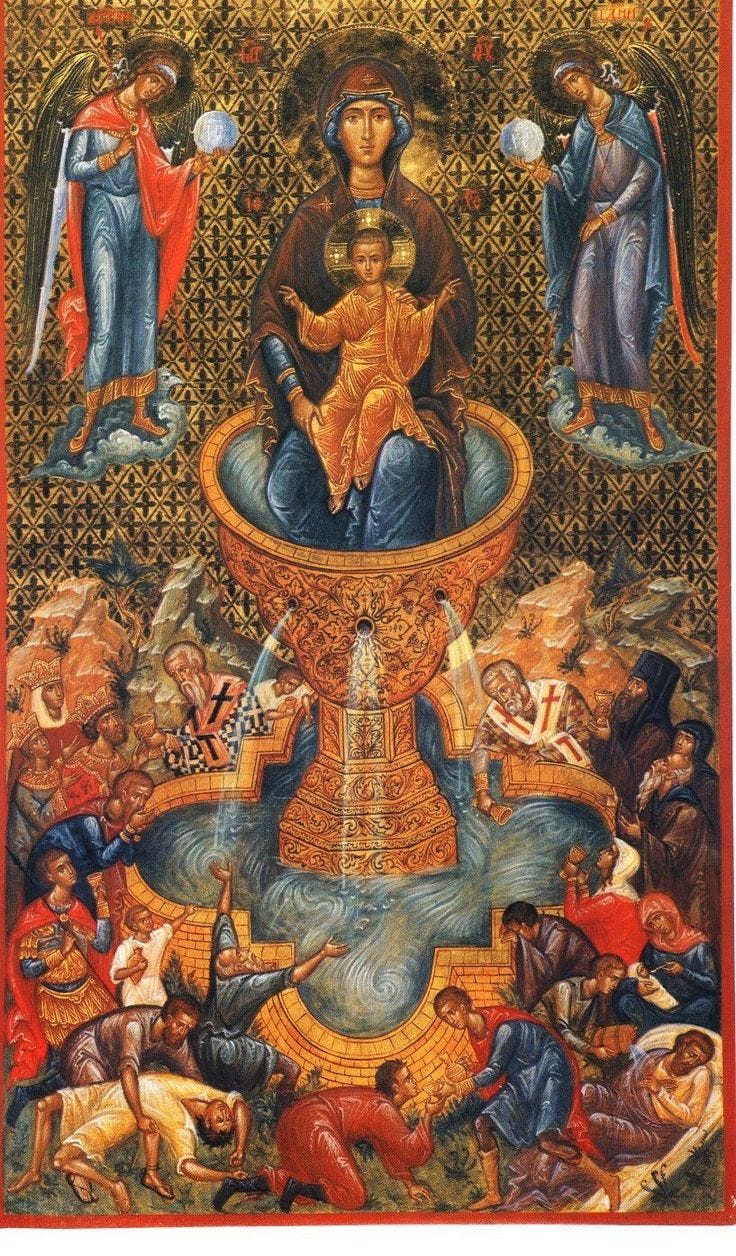
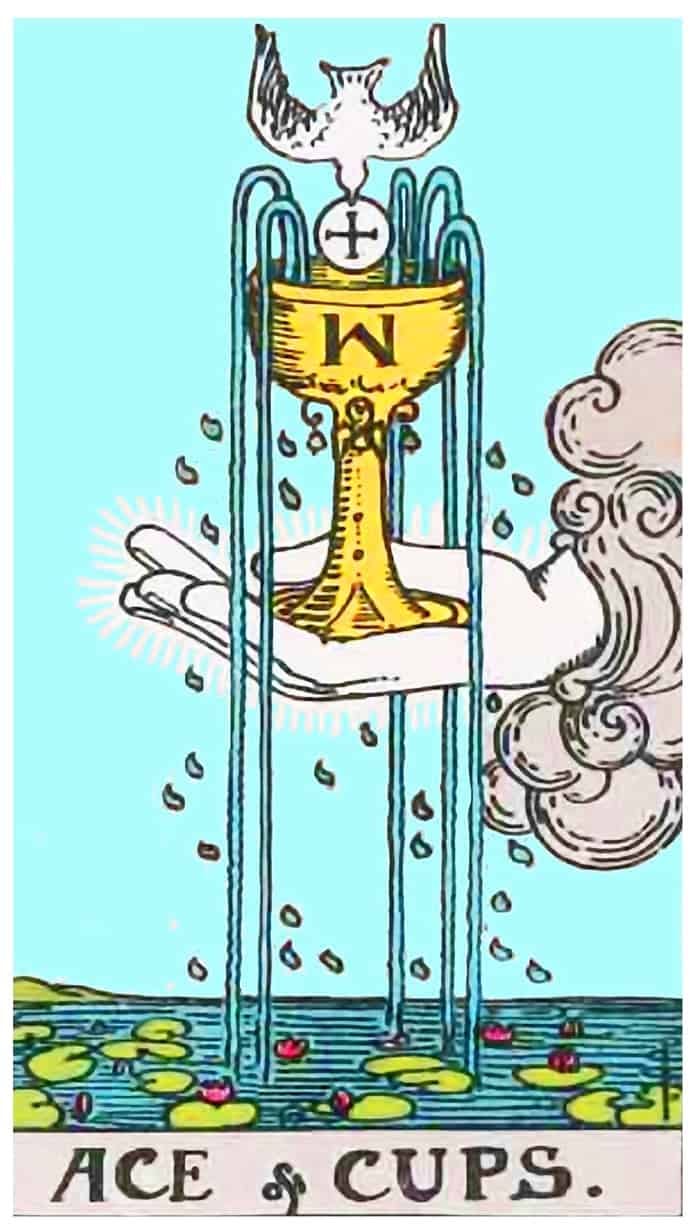
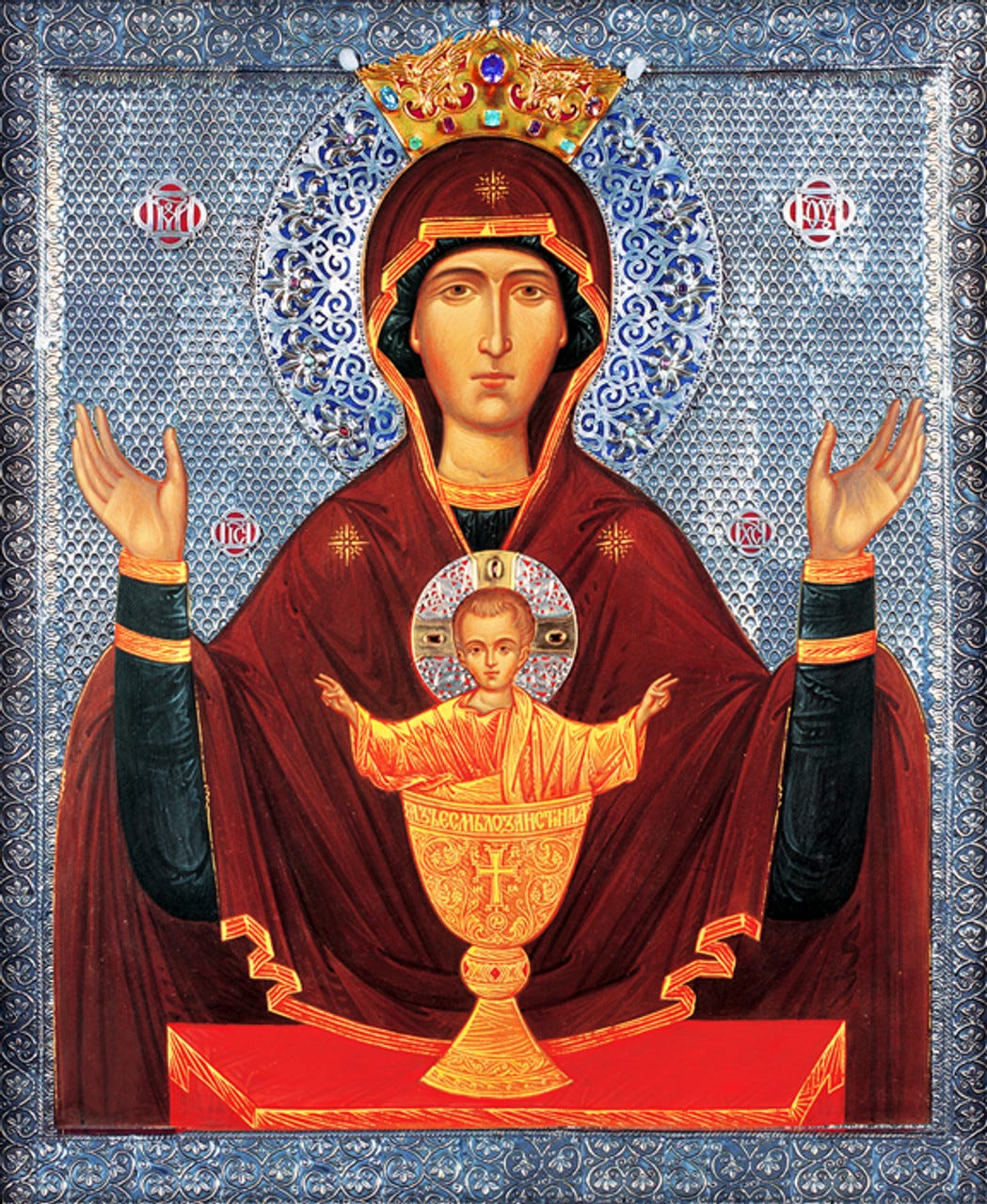
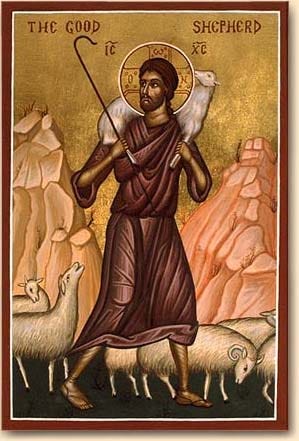
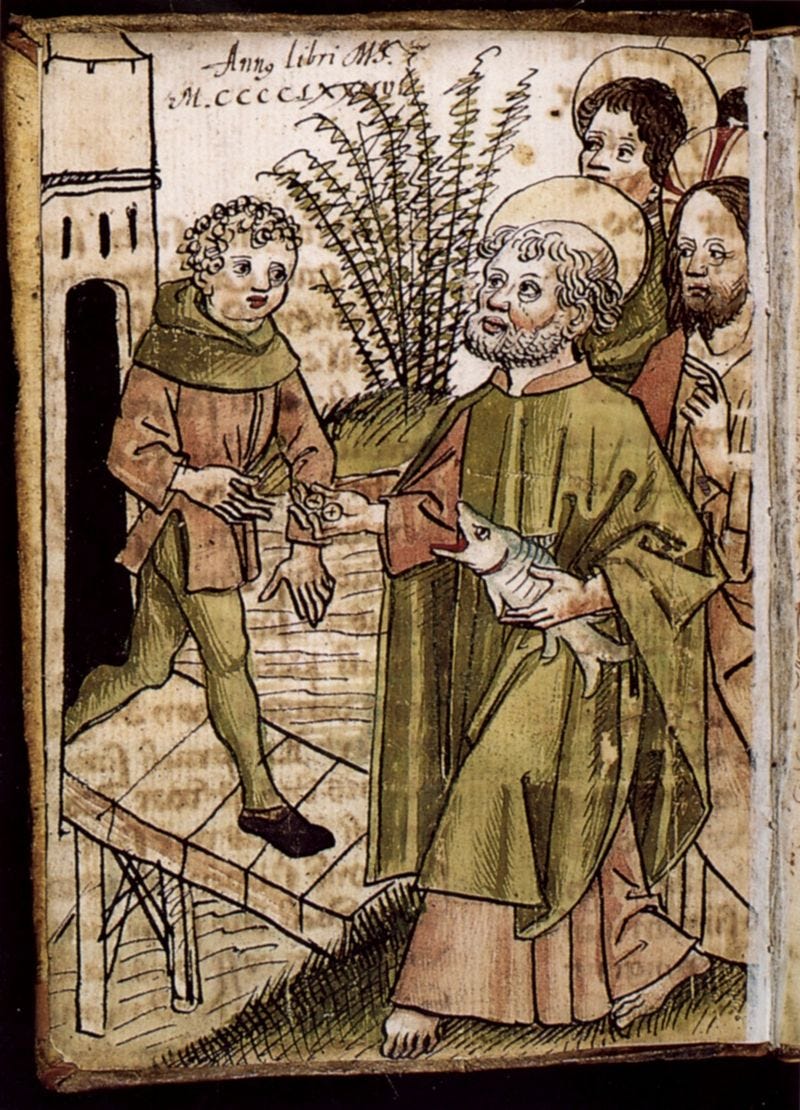
I’m not sure why this came up in my Notes suggestions but I am glad that it did. This was a fun exploration.
Where do you look up the tarot artwork? I’d like to do it without having to sift through whatever nonsense all the search engines throw at you nowadays.
I never realized that the Queen of Cups was holding an Ark-of-the-Covenant cup! I had always looked at it as kinda this bizarre thing without understanding, but that cracks the code for me! Great explanation of the suits here.